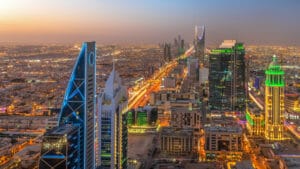In 2003, then Mayor of London Ken Livingston introduced the Congestion Charge Zone in Central London. In the mid-1990s studies concluded that the city would benefit economically by creating a chargeable zone within the inner orbital roads. Studies showed that the zone would discourage unnecessary traffic and ultimately reduce congestion, pollution and make journey times quicker. A number of embassies insisted that the charge was a tax and therefore movement of diplomatic vehicles should be exempt (it is estimated that the US Embassy’s refusal to pay has meant they have built up £8.8m worth of fines). At introduction, the charge for a standard vehicle was £5, this has now risen to £15. In 2011 traffic levels within the zone had been reduced by 20% with many drivers switching to public transport and co2 emissions had been reduced by 16%, or 30,000 tons annually 1.
The zone has grown in size from its original 22 sq. km. In 2007 it was extended further to the west of Central London, however, the zone reverted back to its original size when Boris Johnson became Mayor of London. A result of the Congestion Charge Zone has been the introduction of the Ultra Low Emissions Zone (ULEZ). The ULEZ was introduced in 2019 and applies to all vehicles in Central London. Drivers of both private and commercial vehicles are charged dependant on how polluting their vehicle is. There has been a reduction in NO2 (Nitrogen Dioxide) of 36% since the introduction of the ULEZ, it is estimated that 77% of vehicles entering the ULEZ meet emission standards. Overall there has been a reduction in air pollution by a third 2. The success of both the ULEZ has seen the current Mayor of London, Sadiq Khan enlarge the zone and make rules stricter on which vehicles are exempt from charge. From October 2021 the zone is going to be enlarged by 18 times its original size, stretching from the North Circular to the South Circular and will cover 146 sq. km. The changes are going to affect both commercial and domestic vehicles. Cars will have to meet either Euro 4 emission standards for petrol-fuelled vehicles and Euro 6 for a car running on diesel. The result of this will be that anybody driving a petrol car registered before 2006 and anybody driving a diesel car registered before 2015 will be charged a fee of £12.50 to enter the ULEZ which will operate 24 hours a day.
Any commercial vehicle weighing over 3.5t which does not meet Euro 6 Emission standards entering the zone will result in the operator being charged £100. The introduction of the ULEZ has cost operators deeply, with many have to replace their entire fleets. To encourage hauliers to modernise their vehicles Mayor Khan has introduced a number of incentives. One such scheme is offering grants of £15,000 to SMEs to either replace or modernise their vehicles.


